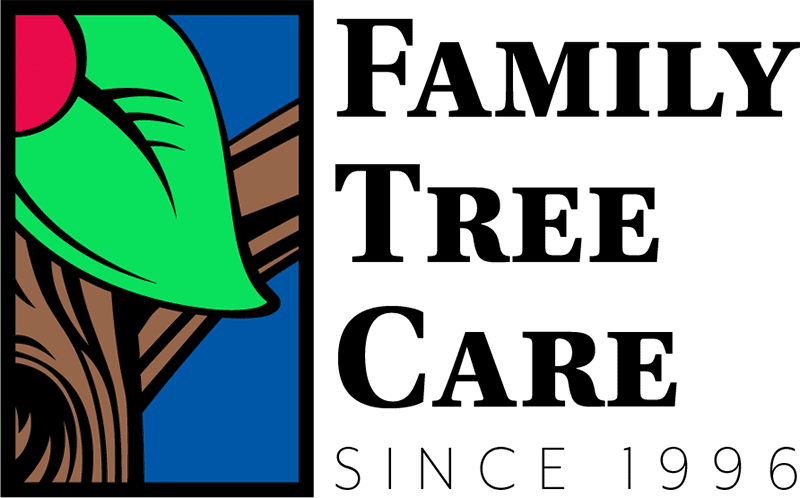If you spend lots of time outside, or if you have some beech trees around your house, chances are you noticed they didn’t look too great last summer. This is probably because the introduction of a new disease in Connecticut called Beech Leaf Disease or BLD. This disease is known to affect American Beech, European Beech, and Oriental Beech trees. It causes distinct dark striping between the veins on beech leaves and is especially easy to observe when looking at the leaf from below.
Beech leaf disease was first discovered in Ohio and has worked its way into our forests here in Connecticut. It is now found in all Connecticut counties except for Hartford county. It is most likely present in Hartford county but because it is a newer disease reporting and research is lagging behind. New Haven County, the home of Family Tree Care, is one of the hardest hit counties in the state.
Beech Leaf Disease is caused by excessive feeding from a microscopic worm called a nematode. Nematodes are a common organism in Connecticut’s forests but Litylenchus crenatae subspecies mccannii, the foliar nematode now known to cause BLD is a newly discovered species. Similar nematodes have been observed in Japan but none are known to cause such severe devastation.

The nematodes that are responsible for BLD live, feed, and reproduce in the leaves of beech trees. Leaves have been observed to have anywhere from about 1 to 20,000 nematodes present at one time. The microscopic worms are best at moving around when they are submerged in liquid and they prefer to move from higher to lower population densities. One way researchers have been able to tell if a beech tree is infected with nematodes is by dissecting a beech leaf, or its buds, and submerging it in water. If the leaf is full of nematodes they will begin to swim out of the dissected leaf to where their population is less dense. It is important to note that you need a microscope to observe this. Researchers are still trying to confirm how the nematodes travel far distances but it is believed that they travel on the feet of birds or small mammals like squirrels. The nematodes can then enter new beech leaves through stomata where they can feed and reproduce.
It was originally thought that BLD would be most harmful to smaller, younger beech trees but we are finding that it is capable of harming large trees as well. The nematodes move around most when it rains and they can splash around on wet leaves. It would seem that because water follows the laws of gravity they have an easier time getting in the leaves of shorter, smaller trees, but they are still capable of infecting the canopies of larger trees.
So far it is unclear how many of Connecticut’s beech trees will die from beech leaf disease or if they will rebound. We do know that if you have a beech tree that is an important fixture in your yard there are two controls known to be effective in managing the disease. One is a fertilizer that has been shown to control nematode populations and the other is a fungicide. Both methods aim to reduce the number of nematodes living in the beech leaves. It is important to have a qualified arborist survey your tree, ideally before the buds turn to leaves, in order to see if nematodes are present. If nematodes are observed, it is then possible to treat your tree during the growing season. One important consideration is that with both control methods you will not observe improvement in your beech tree’s appearance until the following growing season.
If you have any more questions about beech leaf disease Family Tree Care is Here to help. Please don’t hesitate to get in touch with us!




